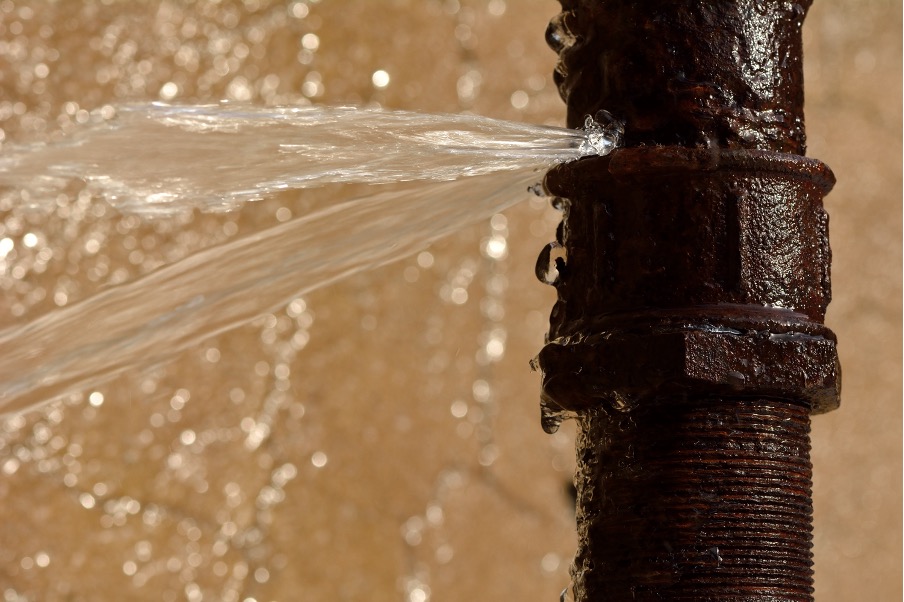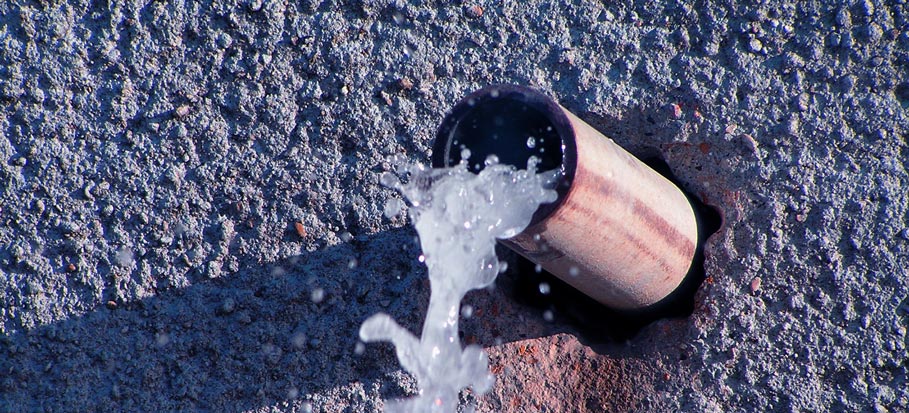Exactly how to Check If Your Residence Has a Surprise Leakage
Exactly how to Check If Your Residence Has a Surprise Leakage
Blog Article
Everyone has their personal opinion when it comes to Finding hidden leaks.

Early discovery of dripping water lines can reduce a possible catastrophe. Some small water leakages may not be noticeable.
1. Analyze the Water Meter
Every house has a water meter. Checking it is a surefire manner in which helps you find leaks. For beginners, shut off all the water sources. Make certain no person will purge, utilize the tap, shower, run the cleaning machine or dish washer. From there, go to the meter and also watch if it will alter. Since nobody is utilizing it, there should be no motions. If it relocates, that indicates a fast-moving leak. If you detect no adjustments, wait a hr or 2 and inspect back again. This implies you might have a slow leakage that can even be underground.
2. Check Water Usage
Assess your water costs and also track your water consumption. As the one paying it, you need to notice if there are any disparities. If you detect sudden changes, regardless of your usage being the same, it implies that you have leakages in your plumbing system. Bear in mind, your water expense ought to drop under the exact same array each month. A sudden spike in your expense shows a fast-moving leak.
A stable increase every month, also with the same practices, reveals you have a slow leak that's likewise slowly rising. Call a plumber to completely examine your home, particularly if you feel a warm area on your flooring with piping underneath.
3. Do a Food Coloring Examination
When it comes to water consumption, 30% comes from bathrooms. If the shade in some way infiltrates your dish throughout that time without flushing, there's a leak between the tank and bowl.
4. Asses Exterior Lines
Do not neglect to examine your exterior water lines also. Examination faucets by affixing a garden hose pipe. Ought to water leak out of the connection, you have a loose rubber gasket. Change this and also make sure all links are tight. It will certainly aid obtain it expertly took a look at and maintained each year if you've obtained a lawn sprinkler system. One tiny leakage can lose tons of water and also increase your water bill.
5. Examine and also Analyze the Scenario
Homeowners must make it a habit to check under the sink counters and even inside cabinets for any kind of bad odor or mold and mildew development. These 2 red flags indicate a leakage so prompt attention is needed. Doing routine evaluations, even bi-annually, can save you from a major trouble.
A lot more importantly, if you know your house is already old, maintain a watchful eye on your heating units, hoses, pipelines etc. Look for discolorations and weakening as most home appliances and pipelines have a life expectancy. They will certainly additionally naturally deteriorate because of tear and use. If you suspect leaking water lines in your plumbing system, don't wait on it to rise. Call an expert plumber right away so you don't end up with a horrible mess in your house.
Early detection of leaking water lines can reduce a possible disaster. Some tiny water leaks might not be visible. Inspecting it is a surefire means that helps you uncover leakages. One small leakage can waste bunches of water and also spike your water costs.
If you presume dripping water lines in your plumbing system, don't wait for it to rise.
How to Know If Your Home Has a Hidden Leak
Water Meter Reveals Inexplicable Water Usage
If you’d like to test whether or not there’s a leak somewhere in your home, you can do this using your water meter. Here is how to conduct the test:
Don’t use any water in your home for at least 30 minutes; this also means not turning on faucets or water-using appliances.
Go outside, and check your water meter for activity.
If your water meter shows that there was activity, even though no one was using any water, this proves that there is a leak in your home.Visible Mold or Mildew Growth
Leaks behind walls create moist, dark environments that allow mold and mildew to grow and thrive. Eventually, you might see mold growth forming on the wall closest to a hidden leak.
If mold is growing in an area that receives a high amount of moisture, such as a bathroom, it may simply be an indication that better ventilation is needed. However, if you see mold growth on a wall or the ceiling in an area where you would not expect, you probably have a hidden leak.
Musty, Mildew Odor
Sometimes you might not be able to see the mold or mildew that is growing as a result of a leak. However, the smell can give the problem away just as easily. If you catch a whiff of something musty, there’s a good chance that old water is collecting somewhere in your home that you can’t see.
Stained/Warped Walls, Ceilings, or Floors
When your home soaks up water, a variety of red flags can become visible, including ceiling stains, bubbling drywall, warped walls, and sagging floors. While these issues can be caused by excess humidity, they can also be signs that a pipe or plumbing connection has started leaking behind your walls.
Inexplicably High Water Bill
After a while, you get a general sense for what your water bill should be. If you own a pool or sprinkler system, your bill will tend to be higher during summer. However, if you receive a water bill that seems especially high, and you can’t figure out what caused it, then you may have a hidden leak somewhere that’s increasing your bill.
https://www.plumbingjoint.com/blog/2019/july/how-to-know-if-your-home-has-a-hidden-leak/

As a passionate person who reads on Locating water leaks, I figured sharing that piece of content was really helpful. So long as you enjoyed reading our blog post kindly do not forget to pass it around. Bless you for your time. Don't forget to visit our website back soon.
Report this page